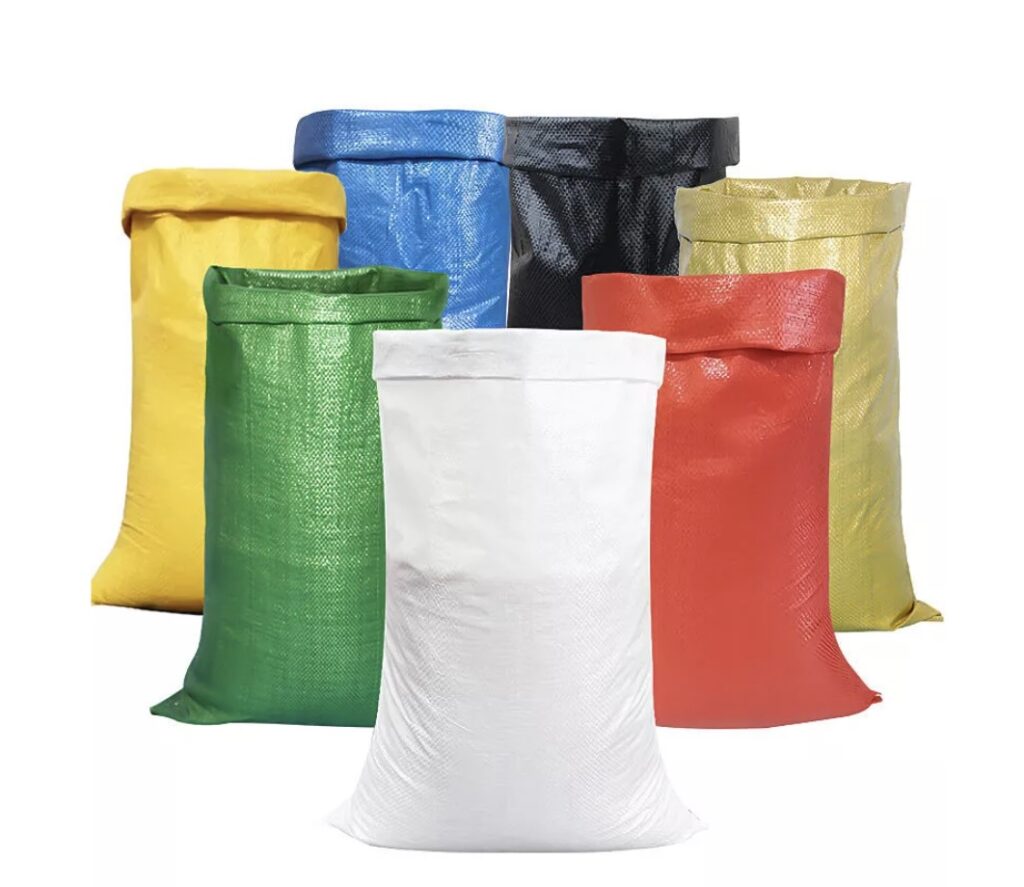Everything You Need to Know About Reusing and Recycling PP Woven Bags
Polypropylene (PP) woven bags are widely used today in various industries due to their strength, durability, and versatility. Commonly employed for packaging grains, seeds, cement, and other bulk goods, these bags have become an integral part of modern packaging solutions. However, like any other product, the environmental impact of PP woven bags is a consideration that cannot be ignored. Here, we delve into everything you need to know about reusing and recycling these ubiquitous bags.
Understanding PP Woven Bags
PP woven bags are made from polypropylene, a type of plastic recognized for its resilience and versatility. The woven aspect refers to the weaving technique used to create a strong and durable fabric-like material. This construction makes the bags suitable for heavy-duty use and protects contents from environmental influences such as moisture and contaminants.
Reusing PP Woven Bags
- Extended Usage: One of the most straightforward approaches to minimize environmental impact is to reuse PP woven bags multiple times before disposal. Their durability makes them ideal for repeated use, and many are designed specifically for this purpose. They can be repurposed for storing household items, gardening, or as carriers for outdoor activities.
- Upcycling Solutions: With a bit of creativity, PP woven bags can be transformed into items like tote bags, beach mats, or storage containers. Engaging in upcycling not only extends the life of the material but also reduces the need for new resources.
Recycling PP Woven Bags
- The Recycling Process: Recycling PP woven bags involves shredding, washing, and melting the material to create new polypropylene products. This process reduces the need for virgin plastic production, saving energy and raw materials.
- Challenges in Recycling: While recycling PP woven bags is possible, it is not without its challenges. The bags need to be clean and free from contaminants, as residues can complicate the recycling process. Ensuring the bags are sorted correctly can also pose logistical challenges in large-scale recycling operations.
- Recycling Programs: Engage with local recycling programs that accept PP materials. These programs often provide guidance on how to prepare your bags for recycling to ensure they meet the necessary criteria.
The Environmental Impact of PP Woven Bags
- Reducing Carbon Footprint: By extending the life of PP woven bags through reuse and recycling, the carbon footprint of their production and disposal can be significantly reduced. The energy required to produce new bags is considerably higher than that for recycled materials, making recycling a crucial step in sustainability efforts.
- Awareness and Education: Increasing awareness around the proper methods for reusing and recycling can make a substantial impact. Education initiatives can encourage both consumers and producers to adopt environmentally friendly practices.
Conclusion
PP woven bags offer numerous advantages due to their robustness and adaptability, but their environmental footprint can be substantial if not managed properly. By engaging in reuse and recycling, both individuals and industries can contribute to a more sustainable future. Understanding the lifecycle of these bags and participating in conscientious consumption will pave the way for minimization of environmental harm and the promotion of sustainable living practices.

 English
English Español
Español




